Located in southern California, lies the Angeles National Forest, encompassing 694,187 acres including almost the entire San Gabriel Mountain range. The Forest provides the striking backdrop to southern California's largest metropolitan area, the city of Los Angeles. Topography on the forest ranges from mountain peaks over 10,000 feet to low-lying canyon bottoms at a mere 1,200 feet above sea level. A good introduction to the Forest is a drive along the scenic Angeles Crest Highway (State Highway No. 2). Along the way, see how the vegetation changes with elevation and watch for wildlife-bobcat, mountain lion, bear, and perhaps get a glimpse of impressive Nelson bighorn sheep.
The forest offers year-round opportunities for camping, hiking, swimming, boating, picniking, and sightseeing. Over 800 miles of forest trails lead hikers, mountain bikers, equestrians, and off-highway vehicle riders across rugged backcountry, along high, scenic ridges, and through shady, tree lined canyons. During the winter, visitors can ski at one the five ski areas or cross country ski, snow camp, hike, snow-mobile, or just play in the snow.
Highlighted are the nearly 200 miles of Pacific Crest Trail that wind through the area. Your navigation will be aided by the map's contour lines, elevations, labeled peaks and canyons, water features, and clear boundaries between national forest, wilderness and private land. Hundreds of recreation features are marked including areas for camping, fishing, swimming, climbing, canoeing, motor boating, skiing and winter recreation. The San Gabriel Mountains and Angeles National Forest are arguably Los Angeles' most overlooked backyard playground. But there is far more to the San Gabriels and the Angeles National Forest than a striking view from you car as you zip by on the 210. As you press deeper into the interior of the range the crowds drop off dramatically and the opportunities to enjoy a bit of secluded wilderness increase.
Fragrant pine forests, lush canopies of alder and live oak, waterfalls and secret swimming holes await the intrepid hiker eager to spend a few hours exploring the woods. Different seasons can have dramatic effects on the same trail creating a completely different experience on each visit. The San Gabriels are also about the closest area to do some backpacking if you want to spend the night in the wilderness.
For long hikers, the Pacific Crest Trail traverses the length of the mountains and into the San Bernadinos. In addition, skiers and snowboarders can zip the slopes of Mt. Baldy and Mountain High in the winter, while mountain bikers can get their 'pedal' on in the summer. It's not just the tallest peak in the San Gabriel's, Mount Baldy is the highest peak in all of Los Angeles County, making it the must have mountain for Angelino Peakbaggers. Mount Baldy, or Mount San Antonio as it is more properly known, rises a little over 10,000 feet above sea level with a distinctive and very steep 'bald' southeasterly face. The hike also includes the picturesque San Antonio Falls near the trailhead.
A moss-covered, horseshoe shaped cliff is home to this 40' cascade located on the western fringe of the San Gabriel Mountains. Though the trailhead is only about 30 minutes from North Hollywood, the secluded nature of this hike is evident well before you turn into the parking lot. The hike is an easy moderate with only about 700' in elevation spread out over two miles.
The first leg of the journey is along a fire road that gives way to a single-track trail. The second part of the hike crosses and recrosses Golden Creek via footbridges and several easy fordings. The path along the creek is lush and provides a decent canopy most of the year.
The last section climbs the canyon walls to the head of the waterfall with great views of the canyon below. Before you go, check out the current roads and trail information. Make the short drive from the city to the national forest and pick one of the popular hikes.
Get familiar with the park by stopping at one of the visitor centers. The hike to San Gabriel Peak and Mt. Disappointment is perhaps one of the most perfect hikes in the Greater Los Angeles area. The beauty on this hike is evident long before you exit your car at the Eaton Saddle Trailhead. And with 360° panoramic views from the summit, a trek to San Gabriel Peak at sunset offers some stunning views of the twinkling lights of the San Gabriel Valley, the Los Angeles Basin and the San Fernando Valley. Views to the east encompass Mt. Wilson stretch all the way to Mt. Baldy. A hike to Mt Waterman and the Twin Peaks offers rugged and remote beauty, well-groomed trails, panoramic views of the major summits in Angeles National Forest, and an absence of major crowds.
If you have the time, I highly recommend the longer hike. It's a bit of a workout with a lot of up-and-down, but the summit of Twin Peak East is a great one. Stretching 28.8 miles through the heart of Angeles National Forest, the Gabrielino Trail covers not only some of the most popular areas, but also some of the most remote.
And not only is it a beautiful hike, but it's also got historical significance. Today you can enjoy the Gabrielino Trail as a backpacking trip or an ambitious day hike. The Echo Mountain hike packs a lot of bang for the buck. You'll hike up the Sam Merrill Trail, which follows the old Mt Lowe railway route up to Echo Mountain, where you can see the old ruins of the Echo Mountain mountain resort. USA Today included the Echo Mountain hike as one of the "10 Great North American Hikes" and Sunset Magazine called it one of the top 45 hikes in the west.
The hike is easy to follow, has an interesting history, offers great views, is a good workout, and is close to LA. The Angeles National Forest was established by Executive Order in December 1892. It covers about 700,000 acres and is the backyard playground to the huge metropolitan area of Los Angeles.
The Angeles manages the watersheds within its boundaries to provide valuable water to southern California and to protect surrounding communities from catastrophic floods. The land within the Forest is as diverse in appearance and terrain as it is in the opportunities it provides for enjoyment. Much of the Forest is covered with dense chaparral which changes to pine and fir-covered slopes as you reach the majestic peaks of the higher elevations. The Angeles National Forest offers natural environments, spectacular scenery, developed campgrounds and picnic areas, swimming, fishing, skiing and the solitude of quiet wilderness areas.
Trails winding throughout the forest accommodate hikers, equestrians, mountain bikers, and off-highway vehicle enthusiasts. For novice hikers, families or those just seeking some easy solitude, this 30' two-tier waterfall may just be the answer you've been looking for. Nestled in the beautiful Monrovia Canyon Park, this waterfall has several different trails with a variety of features and vistas that end right at the base of the falls. The shortest hike is only .75 mile from the parking area at the Nature Center. The trail is relatively level and follows the small creek flowing from the waterfall.
Due to an underground spring, the falls flow consistently throughout the year. The continual supply of water also makes for a lush, dense riparian environment with a thick overhanging canopy to provide plenty of shade. I'm so lucky, that I live in Green Valley, we have so many hiking trails up here that is for different level physical condition people. The way it starts out is kind of like you warm up the first mile, after that it gets pretty steep and the cardiovascular exercise starts and is followed by a gentle descend along Spunky Canyon Rd. The view from the top of the Plantation to Green Valley always amazes me. If you want a great Angeles National Forest mountain hike without the crowds, hike Ontario Peak and Bighorn Peak.
The hike begins on the popular Icehouse Canyon trail but soon moves off to the much less traveled Ontario Peak Trail, where you might see more bighorn sheep than people. The Ontario Peak Trail roughly follows a ridge line, offering great views culminating in the "rock nest" summit of Ontario Peak. There's also a short spur trip to Bighorn Peak, because, why not?
This is a tough hike but worth the effort–one of my favorites. The hike to Mt Lukens, the highest point in the city of LA at 5,066 feet, is a fun one that doesn't get as much traffic as other more popular Southern California hikes. It's a tough 10 mile loop with almost 3,000 feet of total ascent, and you're rewarded with great views and pristine wilderness, all within the city of LA. For a quick mountain fix without driving into the mountains, try the Potato Mountain hike, right at the beginning of Angeles National Forest.
It's a moderate climb through some beautiful oak forests. The hike ends at the Potato Mountain summit, which offers views of the high peaks in Angeles NF, including Mt Baldy. And of course, there are the potatoes that everyone decorates and brings to the summit.
It's a fun hike that especially great for beginners who want to train or get a taste for the bigger mountain peaks. The Dawn Mine Trail hike takes you on a loop through history and beauty. You'll see the old abandoned Dawn Mine, enjoy a cool swing installed there, and then retrace your way back along the Mt Lowe railway. You hug ridges with expansive views, you hike along a lush canyon stream, and then you descend along the ridge and soak in a vista that includes LA and the Verdugo Mountains.
And there's just enough climbing to make it a decent workout. This was a great day for hiking; clear and high 60s. The road from the trail to South Hawkins has several large rock-slides that have come down across the road, and the road is also washed out by a running stream. The trail up Hawkins Ridge had some snow near the around Middle Hawkins, some of which was deep enough that footing was sketchy. There was also significant snow on the PCT - like 8 feet in places.
The snow is definitely contained in several patches and below 7,500' there was no snow. The trail was in good condition, though there were some trees across some sections along Hawkins Ridge. The views from the various peaks were great, but you can definitely tell that there was a major fire within the last few years.
Beautiful out and back hike around Table Mountain of Wrightwood. Start at the parking lot about .2 miles south from the cabins. Take the Ford Observatory road as far as the memorial bench, or further to your liking. I've been up twin peaks before but from the other side of waterman, never from this trailhead. Since the bobcat fire has the road closed around here, this is the best option to get to twin peaks.
The trail is mostly forested with great views down into devils canyon. There look to be some great places to camp on benches a little further down from the trail. Mt Wilson, at 5,712 feet, is the peak with all the radio towers that sits behind the LA skyline. It's not the tallest peak in LA, but it's a great hike with a fun summit. This hike starts at Chantry Flat, which gives you a gentler climb to the Mt Wilson summit, a trailhead store, bathrooms, and great views of LA on the way down. It's a fun hike and a good long hike for beginners.
Offering one of the coolest summits in the San Gabriel Mountains, the hike to Cucamonga Peak very popular. Cucamonga Peak, at 8,862 feet, has spectacular views from SoCal's high peaks to the urban development below. The hike up to the peak is tough but not brutal, the scenery and views are spectacular, and the summit area is a lot of fun. You might even see some bighorn sheep along the way.
The Mt Zion loop hike is a great option for those that have hiked from Chantry Flat before, maybe to Mt Wilson, but want something a little more off the beaten path. And while there might be crowds on the nearby trails, this loop route on Angeles National Forest's secondary trails offers peace and tranquility. Don't let the shorter distance fool you; the hike to Jones Peak from the Bailey Canyon Trail is a tough one. The climb up through Bailey Canyon features steep canyon walls, sweeping views, and a well-maintained trail with many switchbacks.
Along the way, there are ruins of a cabin in a lush gully, and then after some more switchbacks, you get to Jones Peak at 3375 feet. The peak offers panoramic views from Mt Wilson to Catalina. Overall it's a solid hike with a little bit of everything. This reformulation provides an automated means to predict fire behavior under any environmental conditions in any natural, modified, or simulated wildland fuelbed.
Alternative methods for calculating the effect of wind speed and fuel moisture, based on more recent literature, are also provided. This reformulation provides a framework for the incremental improvement in quantifying fire behaviour parameters in complex fuelbeds and for modeling fire spread. The hike to Mount Lowe on the Sam Merrill Trail is daunting to say the least with a 4,000' climb to the summit spread out over 6.5 miles. Given the southern California heat and a trail with little to no shade, it's an intimidating prospect to say the least. If only there were another option to reach this historic summit with its grand vistas of the San Gabriel Mountains and the Los Angeles Basin.
Well, as luck would have it, there is such a route and it comes with only a 400' gain in elevation plus stunning views of the San Gabriel Mountains starting right at the trailhead. Plus, you'll hike through the heart of San Gabriel Peak in the Mueller Tunnel and discover relics from Los Angeles' past scattered on the summit of Mount Lowe. The flat trail is mostly wide fire road until the last .5 or so when it becomes a single-track path crisscrossing the Eaton Wash, culminating in the 40' tall Eaton Falls.
The Eaton Canyon Nature Center at the trailhead provides opportunities to learn more about the natural wilderness that surrounds Los Angeles. I wouldn't rate it difficult, at least not in any technical sense. I mean, yeah, it's a long walk of nearly ten miles and close to 3,000 foot elevation gain, but there's a very good trail and it's hard to get lost. Took me just over four hours and enjoyed lunch on the top.
Perfect day for it with cool mists covering the summit most of the way up and cool mists blowing up the sides of the hills. Once past the main Deukmejian trails you'll pass someone going the other way maybe every ten minutes or so. Starts off easy and escalates in the second mile and then the last mile is a challenging class 2 hike to the peak.






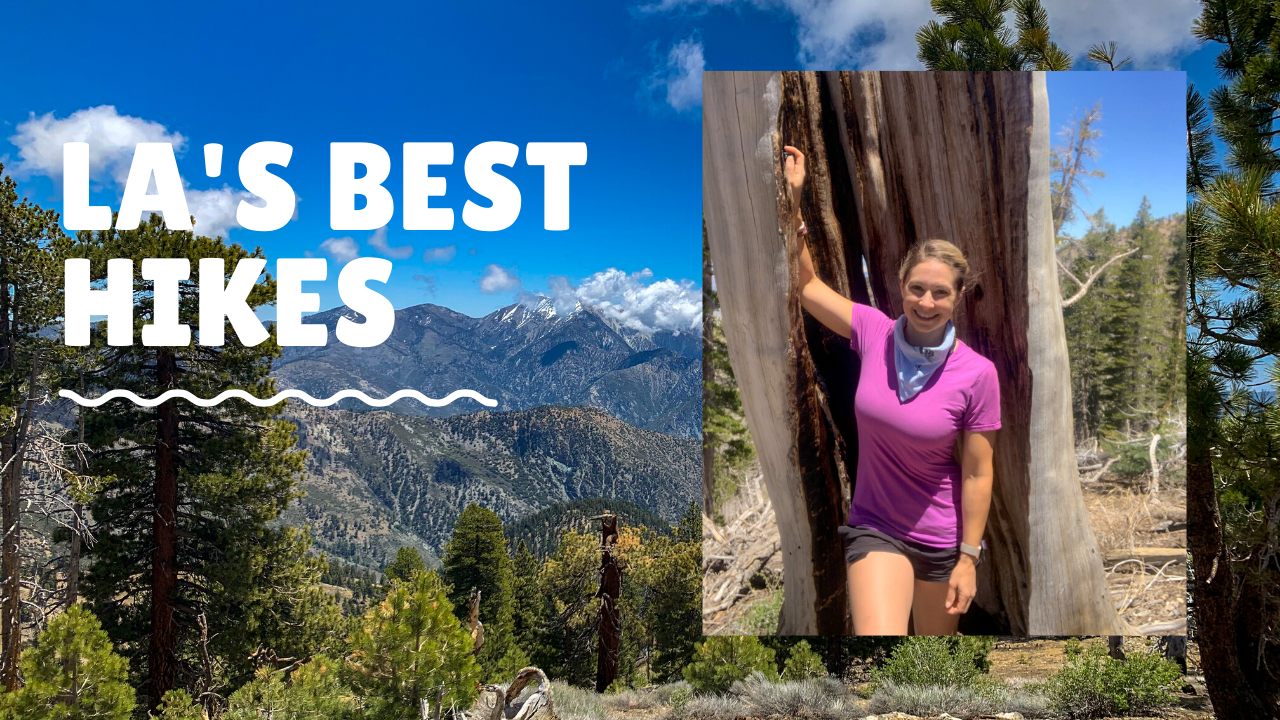
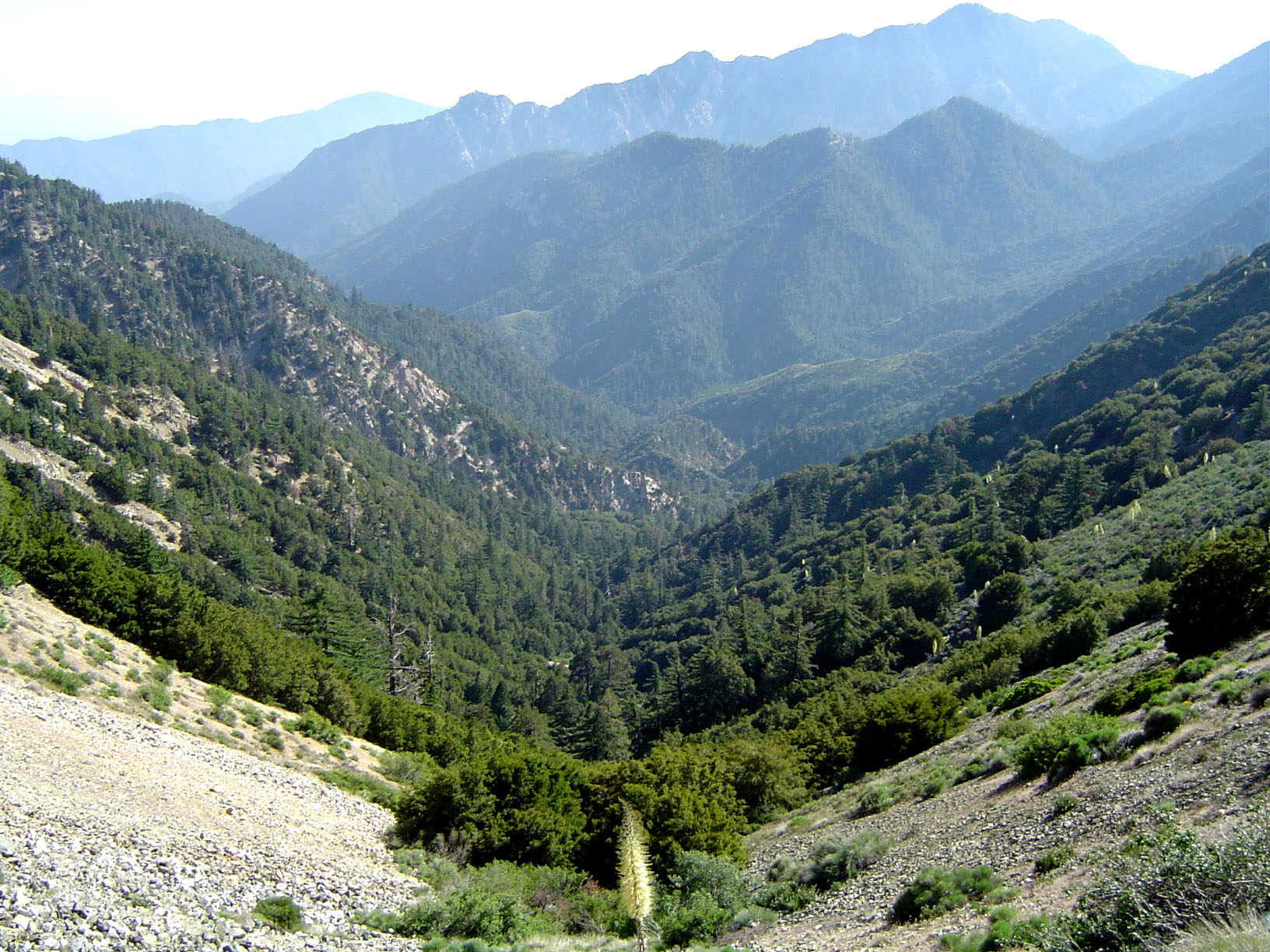






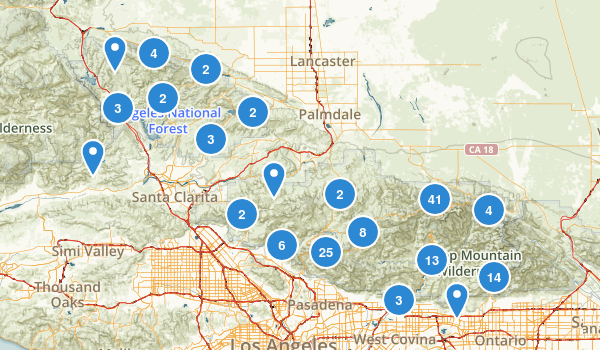






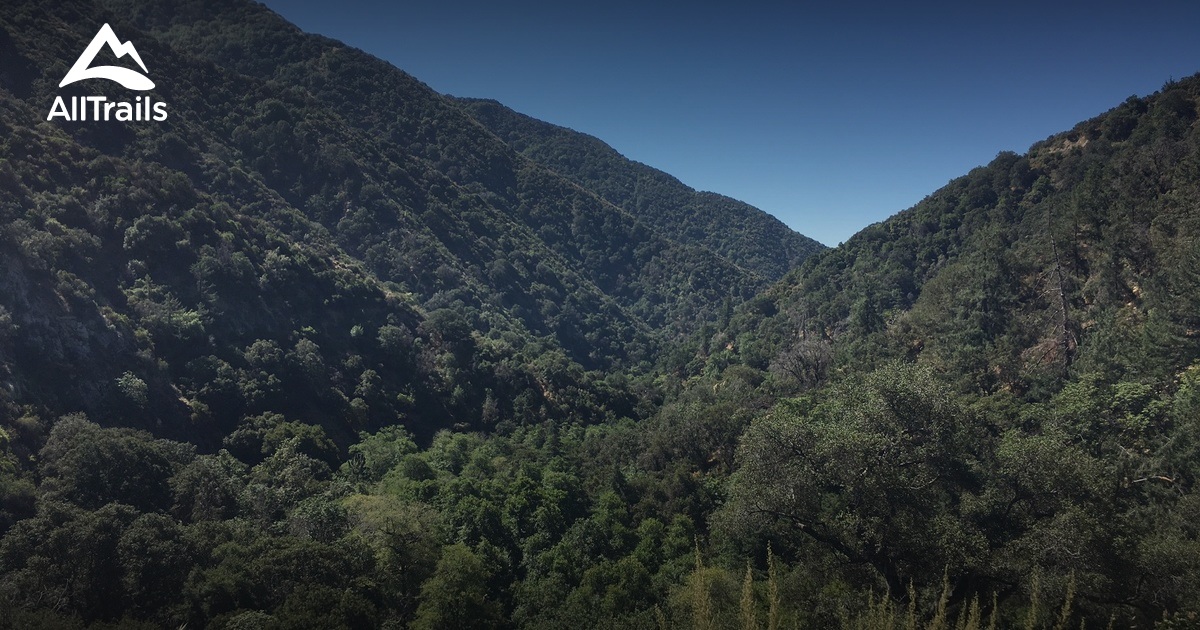


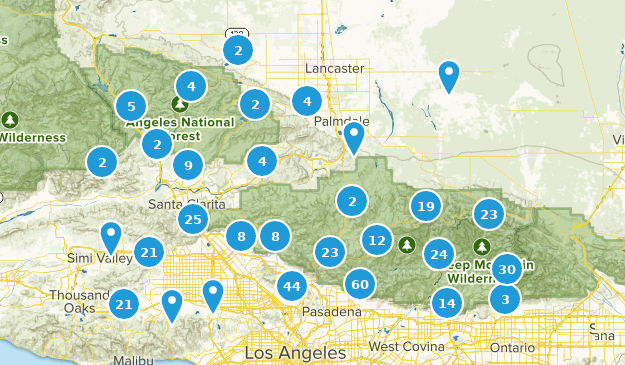




No comments:
Post a Comment
Note: Only a member of this blog may post a comment.